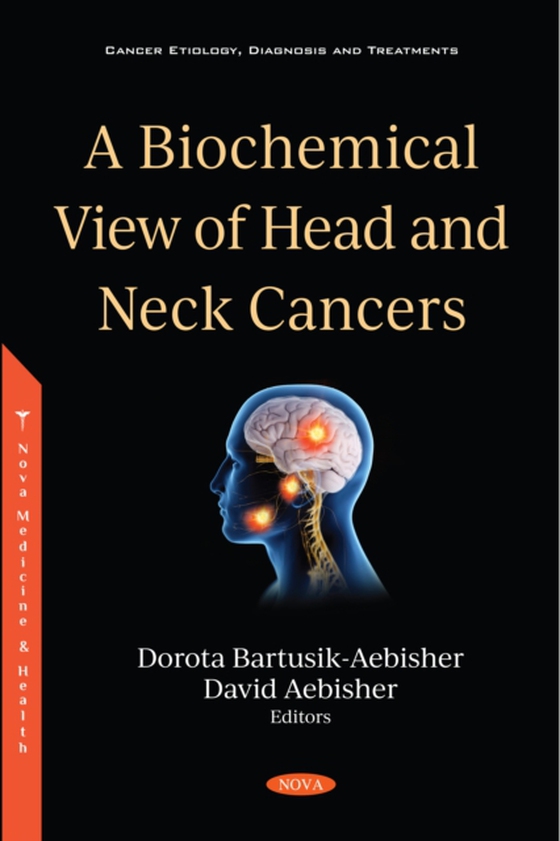
Biochemical View of Head and Neck Cancers e-bog
802,25 DKK
(inkl. moms 1002,81 DKK)
This book addresses major problem in the management of patients with cancer of the head and neck. The authors have written six chapters of particular importance for head and neck cancer diagnosis, treatment, and rehabilitation. Chapter 1 describes treatment of patients with squamous cell carcinoma of the head. Chapter 2 presents treatment of patients with squamous cell carcinoma of the neck. Bi...
E-bog
802,25 DKK
Forlag
Nova Medicine and Health
Udgivet
22 februar 2021
Længde
144 sider
Genrer
Oncology
Sprog
English
Format
pdf
Beskyttelse
LCP
ISBN
9781536193763
This book addresses major problem in the management of patients with cancer of the head and neck. The authors have written six chapters of particular importance for head and neck cancer diagnosis, treatment, and rehabilitation. Chapter 1 describes treatment of patients with squamous cell carcinoma of the head. Chapter 2 presents treatment of patients with squamous cell carcinoma of the neck. Biochemical studies of head and neck cancer treatments are presented in Chaper 3. In chapter 4 biochemical studies of head and neck cancer biomarkers are presented. Photodynamic therapy (PDT) exploits light interactions and photosensitizers to induce cytotoxic reactive oxygen species. Photodynamic diagnosis (PDD) uses the phenomenon of photosensitizer emitting fluorescence to distinguish some tumors from normal tissue. PDT offers a therapeutic solution that has been found to be cost-effective compared to palliative major surgery or chemotherapy. However, despite the significant improvement noted in preclinical and clinical trials, PDT is still not considered the standard treatment option for head and neck cancer. Multiple photosensitizers have been studied and tumors have been treated in a variety of head and neck sites over the last 30 years. Photodynamic therapy is a palliative treatment option for head and neck squamous cell carcinoma patients which induces local inflammation and alters tumor cell morphology.
 Dansk
Dansk

